Main information:
Marstallmuseum (Museum of carriages and sleighs)
Museum of Nymphenburg Porcelain – Bäuml Collection
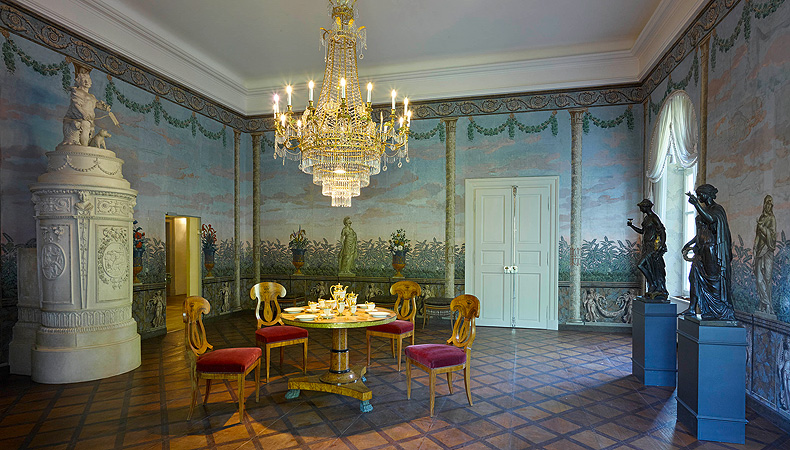
A unique private collection of Nymphenburg porcelain from the 18th to the 20th centuries is on display on the upper floor of the Marstallmuseum. In 1747, Max III Joseph founded the electoral porcelain factory. The engagement of Franz Anton Bustelli as a porcelain modeller was a stroke of luck for the new manufactory. His lively, expressive figures once decorated the court dessert table.
In the early 19th century, King Ludwig I took an interest in porcelain art and founded the ‘Royal Art Institute’ near the Art Academy in order to train porcelain painters academically. A further highpoint is the Jugendstil collection of porcelain with its innovative forms and decoration.
The collection was founded by Albert Bäuml, who had taken over the manufactory in 1888. To improve the artistic quality, he collected Nymphenburg porcelain so that new moulds could be made from it. In 1912, his oldest son took over from him. The collection, which also includes porcelain in the possession of the Bavarian Palace Administration, is still being extended by the family out of private means.

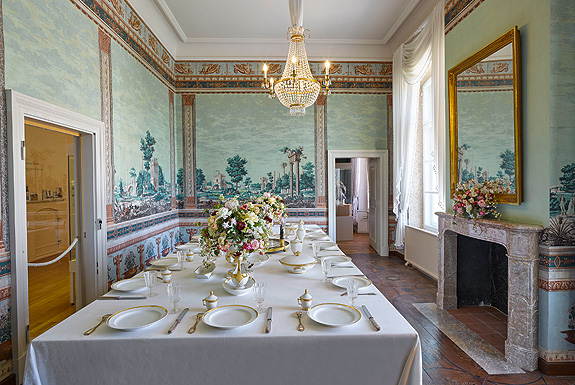
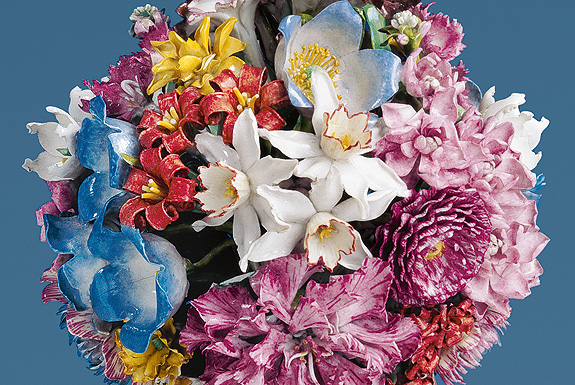
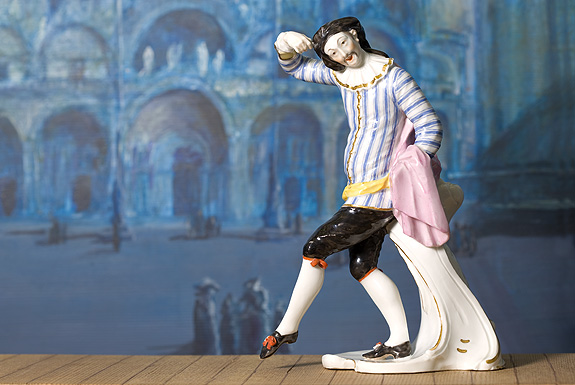
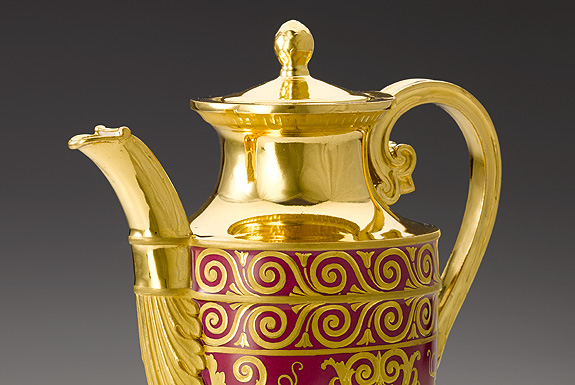
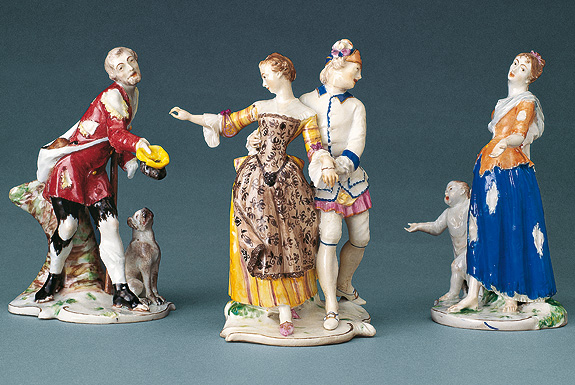
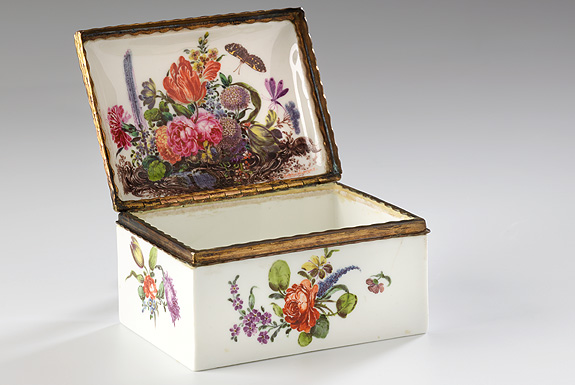
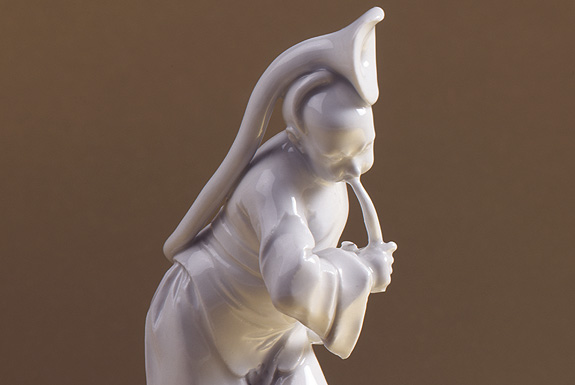
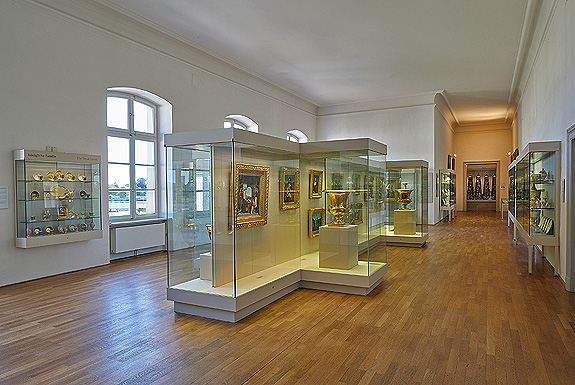
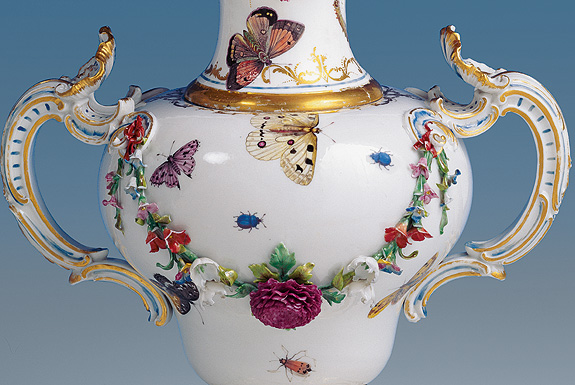
Facebook Instagram YouTube